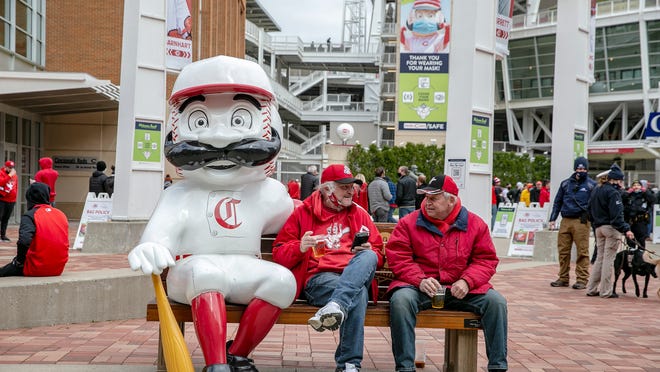
Day of the Dead is a holiday that originated in Mexico. In Spanish, it’s called "Día de los Muertos." Nohemi Valencia-Bustillos has grown up celebrating it.
“Día de los Muertos is a celebration that we honor the ones that have passed away,” Valencia-Bustillos said.
She says the intent isn’t to mourn those we have lost, but rather to spend time with them. That’s why it’s common to lay out a photo of the person and a few of their favorite things. This year, Nohemi’s altar – called "ofrenda" in Spanish – is an ofrenda inclusive of many more beyond her family and friends.
“My ofrenda, I decided to dedicate it on the lives lost due to COVID, but I specifically focused on people of color and our older generation.”
She says she wanted to focus on people of color because they’ve been disproportionately impacted by COVID-19.
“On my ofrenda, there are 11 candles," Valencia-Bustillos said. "Those are the people that I know that passed away due to COVID.”
APM Research Lab, a nonpartisan research and analysis division, assembled a database that tracked the impacts of COVID-19 across different racial and ethnic groups during the first year of the pandemic. Craig Helmstetter is the lab’s managing partner.
“What we found over time is that the rate of death was pretty similar between white Americans and Asian Americans, but it was pretty different for other groups," Helmstetter said. "For example, for the Black population, death rates were twice that of the white and Asian population. For the Latino and Pacific Islander populations, death rates were about two and a half times the Asian and white populations. And for the Indigenous population, the death rate was over three times that of the white and Asian populations.”
According to the Centers for Disease Control and Prevention (CDC), the factors that affect health equity include discrimination, health care access, educational gaps, and occupation.
“For example, populations of color are more likely to work in the service industry, more likely to work in part-time jobs without benefits,” Helmstetter said.
Helmstetter says there’s no evidence this is due to any biological or genetic differences between the groups.
“So, that leaves us with structural or systematic explanations as to why the death rates for COVID-19 are higher among certain populations of color.”
Valencia-Bustillos says it’s been really hard for her community to cope with so many lives lost.
“The older generation, it was a little harder because most of them were in a nursing home, so I had a great aunt who was in a nursing home and died in a nursing home and us as a Latin community, we gather around on their deathbed until they pass," Valencia-Bustillos said. "So this year, when we weren't allowed to, it was a very difficult time for us.”
However, she says she’s grateful for a holiday like Day of the Dead because she gets to sit with her loved ones in spirit. She's also happy to see people from different cultures joining in on the Mexican tradition.
“I love it," Valencia-Bustillos said. "I love seeing all of us come together and celebrating our past. I feel like it makes us united. We all have someone in our lives who we've lost and making an offering is just something we can all share.”








